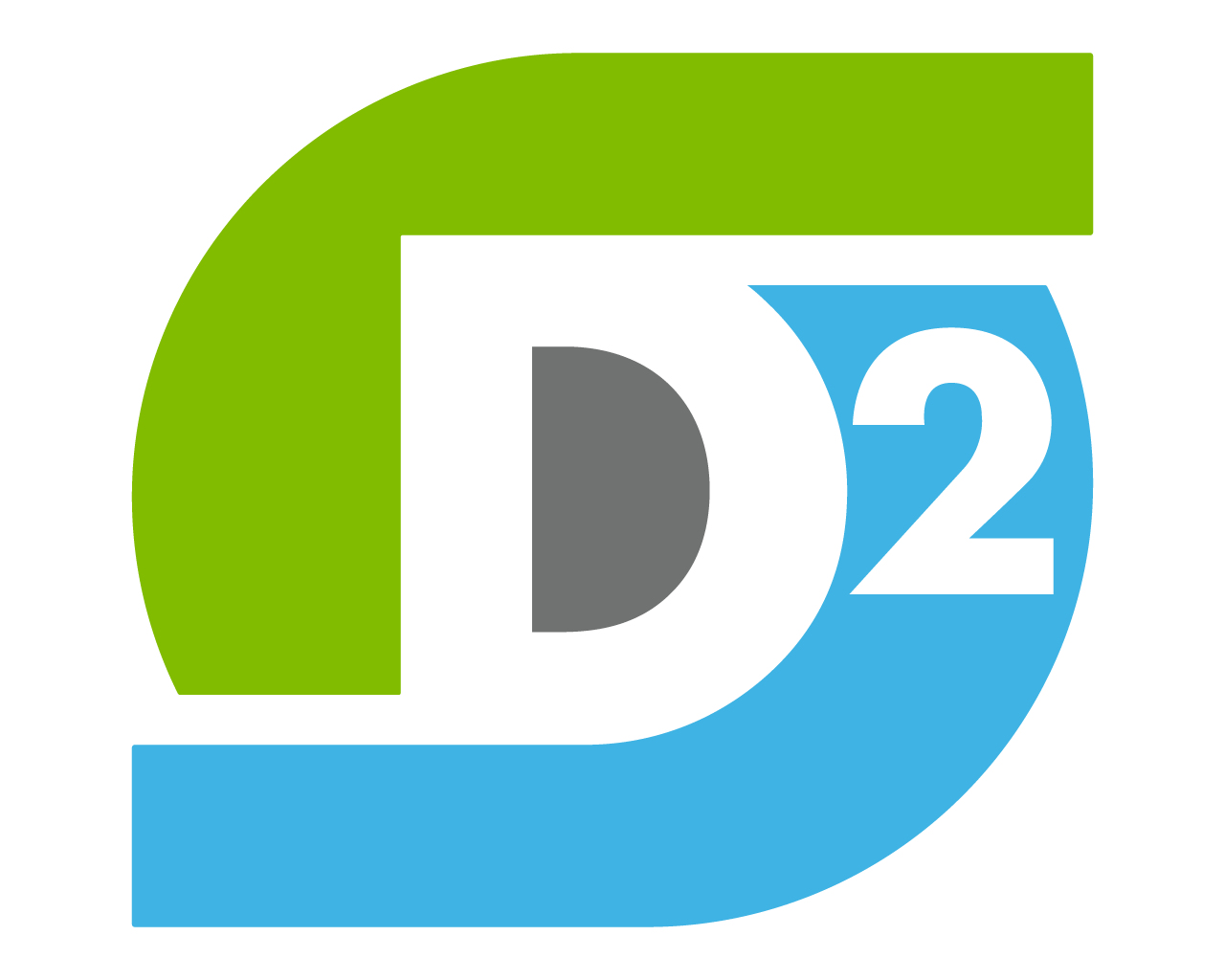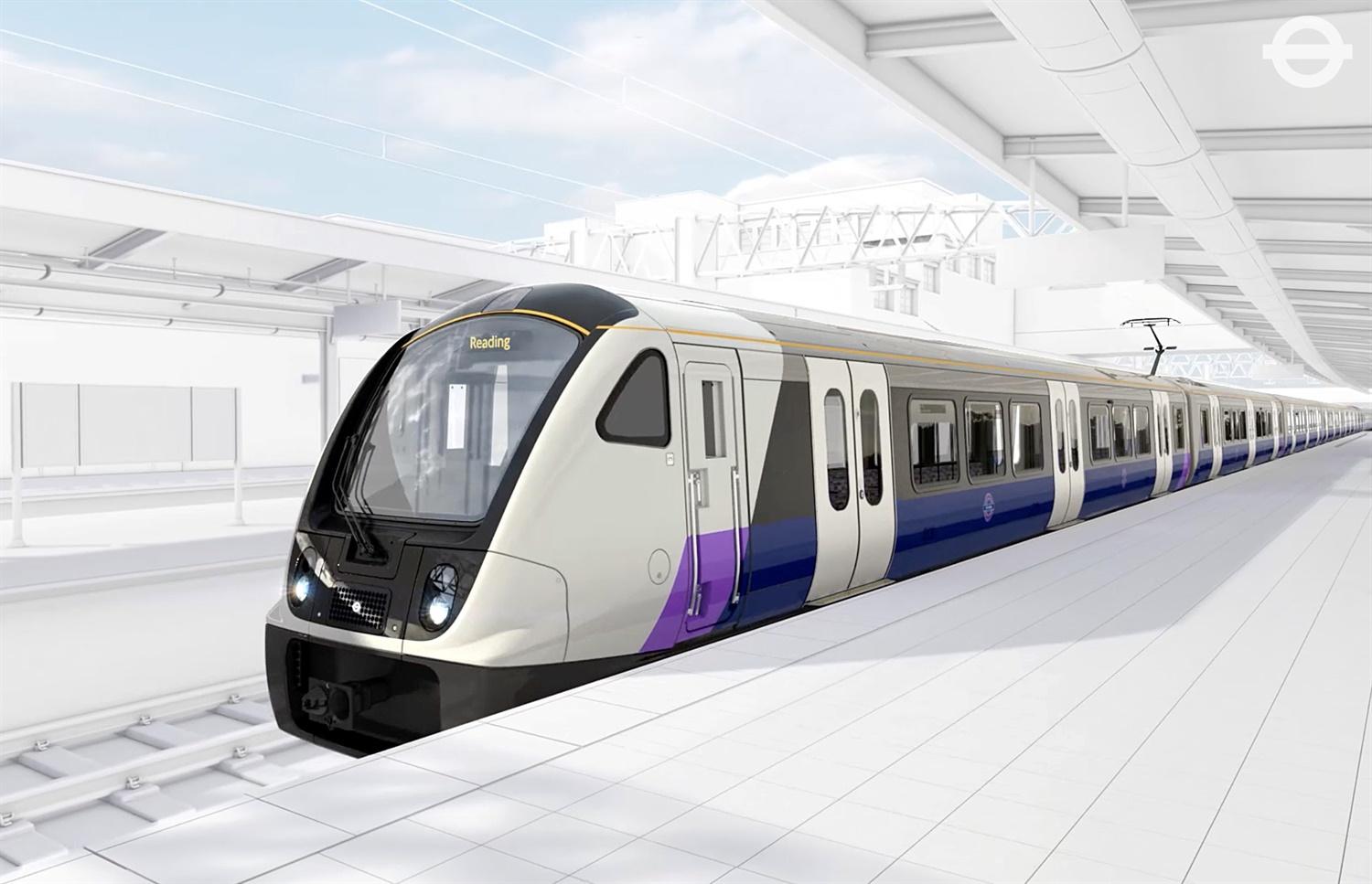Introduction
While working on the Crossrail project, it was remitted that the production of Signal Sighting material was to be produced to support the Signal Sighting process and provide Driving Training videos.
Deliverables
D2’s scope was to provide 3D model data to support the delivery of Signal Sighting throughout all stages of the project. Our BIM team had to follow a series of steps to convert the engineering design models, into a usable federated model for each stage of the project.
To begin, our team obtained the GRIP 5 Design models from the Common Data Environment (CDE) which in this case was ProjectWise. These models where then stripped down to a more functional form. This was done to ensure the Sighting process ran smoothly, as large model files can create run time speed issues. Additional environmental modelling was also required, as this was not part of the projects design remit, however, would be required in the use of Signal Sighting – as external environmental factors play a key role.
From here the models needed to be separated in to staged models for each blockade of work. These blockades ran each Easter and Christmas. The last stage of the model modifications was to export the staged models to an .fbx format, which could be imported into external signal sighting software.
With the individual staged model now formatted to be utilised by the signal sighting software, federated models for each blockade of work now needed to be generated. To control the creation of these staged federated models, a register was required to filter the results and identify which models files would be required.
From this the register, a list of model files would be identified for the desired blockade date and output into a document. This document was imported in to the Signal Sighting software and used to call upon the 3D models.
This register was also used to generate a federated model in the native MicroStation format and used as a review tool for the CAD team to ensure the sighting models passed Quality Control before being processed for Signal Sighting. Advancements were made to this register to automate the creation of these MicroStation federated models.
Challenges and Solutions
The main challenge on this project where the continuous updates to model data and the programme. As the Sighting process takes place throughout the project lifecycle, designs and programmes evolve and change and as such so must the data within the Signal Sighting model.
To overcome the changing designs throughout the project, it was decided that weekly reviews would take place, in which the asset data of models within Common Data Environment would be reviewed, to check for updates. If an update had been made to a model, then this was recorded and listed for update within the Signal Sighting Model.
It was also fundamental that models were split into staged designs, due to signal sighting reviews taking place at pre-defined points within the project.
D2 split the models into staged versions of the original design. As and when updates came in from the programme, the team would have to react to these and modify the staged model files accordingly.
Finally, as there where such large quantities of model data after each model had been separated in to it staged version, control over a register would be key to ensure federated models could be constructed with the right model data.
The BIM team created a register to maintain control over the staged models. Originally this was put in place as a standard model register, which held additional data that aligned with the programme. This programme alignment allowed the register to be filtered to produce a list, which informed the list of models required to generate a federated model.
The register quickly evolved and added an automated system to the construction of the Federated Models. This occurred by including ProjectWise links to the register and adding in Visual Basic coding to the register. After filtering the register, the results could be exported in to a MicroStation file, which in turn would automatically reference in the required models from the Common Data Environment, building a staged federated model.


